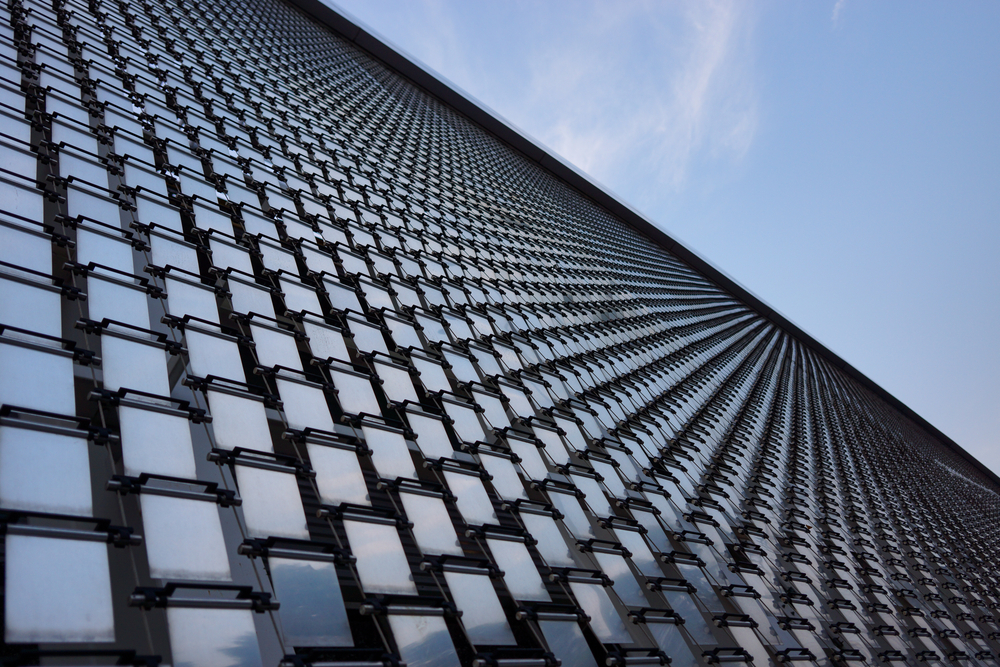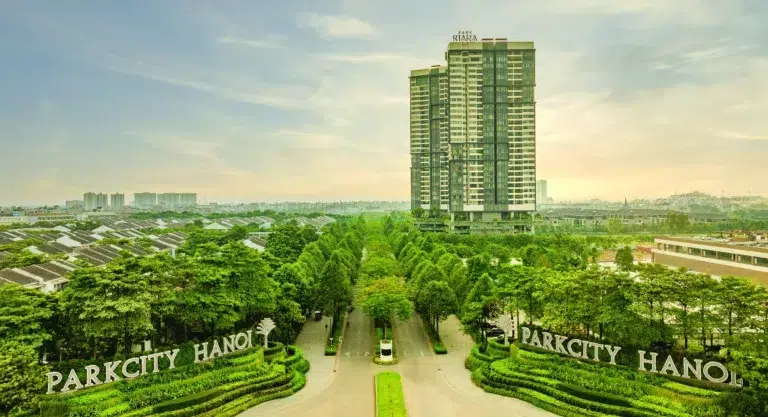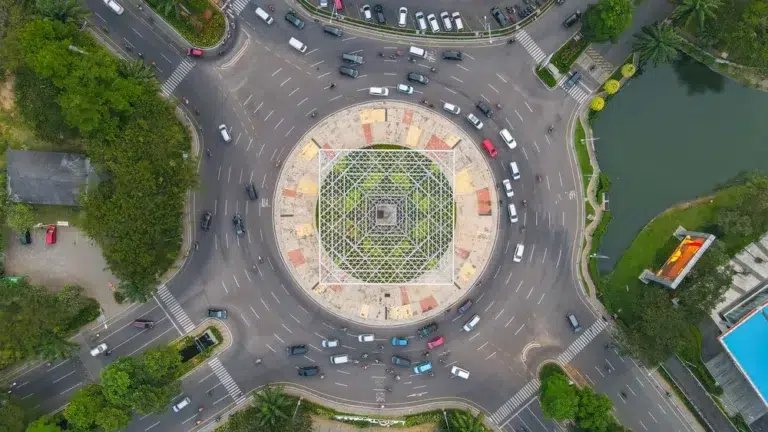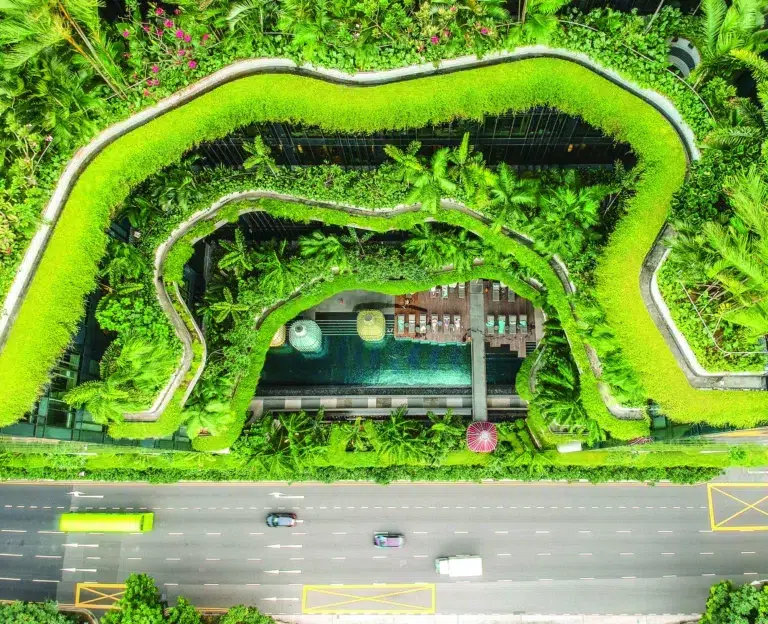Kinetic architecture transforms buildings and public spaces
From rotating homes to inclusive public areas, the future of architecture is in motion

Kinetic architecture involves creating buildings with moving parts that don’t compromise structural integrity. Roo Roofing reported notable examples include revolving restaurants and stadiums with retractable roofs. Suite Vollard in Brazil, a spinning building with 11 independently rotating floors, offers sweeping views. The Dynamic Tower, a taller concept by architect David Fisher with 80 rotating floors, remains unbuilt.
While it may take time for kinetic architecture in homes, it’s already seen in commercial structures. Fisher’s vision could bring it into the mainstream. In the future, homes might rotate for changing views or maximise sunlight, even sinking into the ground for safety. Kinetic architecture holds potential, once science fiction, now reality.
Kinetic architecture, as elaborated by Illustrarch, offers practical solutions in sustainability, space efficiency, and user-centred design. It reduces buildings’ environmental impact by responding to changing conditions, enhancing energy efficiency, and decreasing carbon footprints. In urban areas, it maximises space utilisation by creating adaptable spaces that serve multiple functions.
Related: Exploring the promising future of 3D printing in construction
Kinetic architecture also provides personalised and comfortable environments, adapting to individual preferences. This emerging field holds promise for architects and designers to rethink construction and human-environment interaction. As technology evolves, kinetic architecture can revolutionise the built environment, making it as dynamic and adaptable as its inhabitants, challenging us to envision a future of responsive structures.
Advancements in technology have led to the emergence of kinetic architecture, which allows buildings and public spaces to adapt dynamically to changing conditions. According to Arch Daily, this concept enhances environmental sustainability, accessibility, and inclusivity. Kinetic elements like retractable canopies and movable seating improve versatility in public spaces, accommodating various activities and users. These innovations break down physical barriers, promoting inclusivity, especially for individuals with mobility challenges.
Smart technologies further expand possibilities. Kinetic architecture fosters curiosity and engagement, inspiring active participation and community connections. It empowers users to shape their environment, promoting a sense of ownership and belonging. Kinetic structures enhance public spaces, making them more inclusive and equitable through thoughtful design and community involvement.
The Property Report editors wrote this article. For more information, email: [email protected].
Recommended
Hanoi’s Park Kiara redefines urban living with green, people-centric design
Park Kiara in Hanoi is a repudiation of low-density, car-dependent suburban sprawl
ARES White Paper Volume 3: The era of adaptive reinvention
Pioneering sustainable and innovative practices in urban development
ARES White Paper Volume 2: Unravelling the power of data revolution in real estate
Insights on proptech, smart cities, and sustainable development
ARES Digital White Paper Volume 1: The fundamentals of responsible building
Green and climate heroes join forces to discuss how Asia Pacific can weather the current environmental crises and the looming effects of climate change






